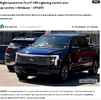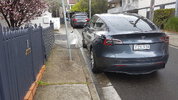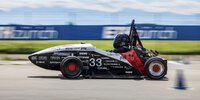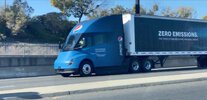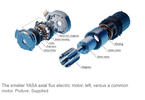JohnDe
La dolce vita
- Joined
- 11 March 2020
- Posts
- 4,578
- Reactions
- 6,745
China start-ups are dominating the EV industry in Europe, with the German manufacturers at least a decade behind.
Chinese e-vehicle makers flock to the mobility show in Munich with high confidence and even higher production volumes. We’ll hear from correspondent Kristie Pladson. Meanwhile, trade expert Vince Stamer at the Kiel Institute for the World Economy talks us through German export data, which fell in July.

